What You Need To Know: Mastering Employee Rewards and Recognition
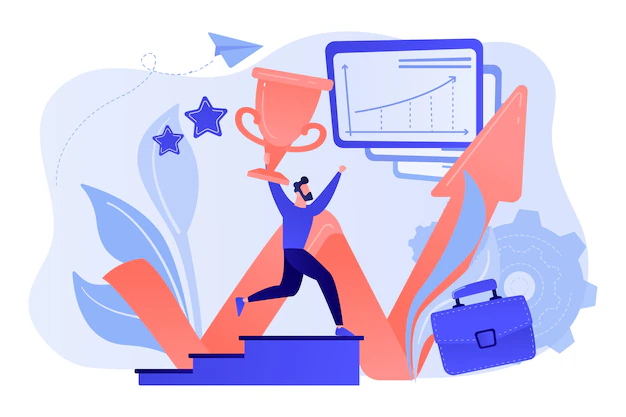

by S. Losina
November 6, 2023
In today’s fast-paced and competitive business environment, employee engagement and motivation are paramount for a company’s success. As organizations strive to create a positive workplace culture, boost employee morale, and improve overall performance, employee rewards and recognition programs, including the enticing option of gift cards, have emerged as powerful tools for achieving these goals. In this blog post, we’ll dive into the world of employee rewards and recognition, exploring the various aspects, benefits, and best practices of these programs.
Whether you’re a business owner, manager, or HR professional, understanding the dynamics of these initiatives is essential for fostering a motivated and loyal workforce. Join us on this journey to discover the keys to enhancing employee satisfaction and productivity through well-crafted reward and recognition programs.
Jump to section
What are Employee Rewards and Recognition Programs?????
Employee rewards and recognition programs are structured initiatives by organizations to acknowledge and appreciate their employees’ achievements and contributions. These programs aim to motivate, engage, and retain employees while fostering a positive workplace culture. Rewards can be monetary or non-monetary, and recognition may take the form of awards, public acknowledgment, or peer-to-peer appreciation. Such programs help boost morale, productivity, and talent retention.
Employee rewards are typically tied to specific achievements, like meeting sales targets, completing a project ahead of schedule, or demonstrating exceptional teamwork, and employee recognition is often given not just for achieving specific goals but also for displaying behaviors and qualities aligned with the organization’s values and culture.
Why are Employee Rewards and Recognition Programs important?
Employee rewards and recognition programs are important for several reasons, as they contribute to the overall success and well-being of both employees and organizations. Here are some of the key reasons why employee rewards and recognition are crucial:
- Motivation and Engagement????: When employees are recognized and rewarded for their efforts and achievements, it motivates them to perform at their best. They are more likely to be engaged in their work, leading to increased productivity and job satisfaction.
- Retention of Talent: Employees who feel appreciated and valued are more likely to stay with their current employer. High turnover can be costly and disruptive to an organization, so retaining top talent is essential for long-term success.
- Boosting Morale????: Recognizing and rewarding employees creates a positive work environment where employees feel good about their contributions. This improved morale can have a ripple effect, leading to a happier and more cohesive team.
- Improved Performance✅: Rewards and recognition can reinforce desired behaviors and performance standards. By highlighting what’s important and praiseworthy, organizations can encourage employees to align their efforts with company goals.
- Enhanced Job Satisfaction: Knowing that their work is noticed and appreciated can significantly increase an employee’s job satisfaction. This, in turn, can lead to a happier, more dedicated workforce.
- Fostering a Positive Culture: Recognizing and rewarding employees for their hard work helps to create a culture of appreciation and respect within the organization. This, in turn, can strengthen teamwork and collaboration.
Types of Employee Rewards and Recognition Programs
Employee rewards and recognition programs are designed to motivate and engage employees, boost morale, and reinforce positive behaviors. Here’s a detailed explanation of each type of program:
1. Monetary Rewards
Monetary rewards involve providing employees incentives to recognize their achievements and contributions. This can include cash bonuses, gift cards, profit sharing, or salary increases. Monetary rewards are often used to incentivize specific performance goals, such as meeting sales targets or exceeding productivity expectations.
Some of these monetary rewards are as follows,
- Cash Bonuses????
Cash bonuses are direct monetary rewards given to employees in addition to their regular salary. These bonuses can be awarded for achieving specific goals, meeting performance targets, or as a way to recognize exceptional performance. Cash bonuses can be one-time bonuses or recurring ones, such as quarterly or annual performance-based bonuses.
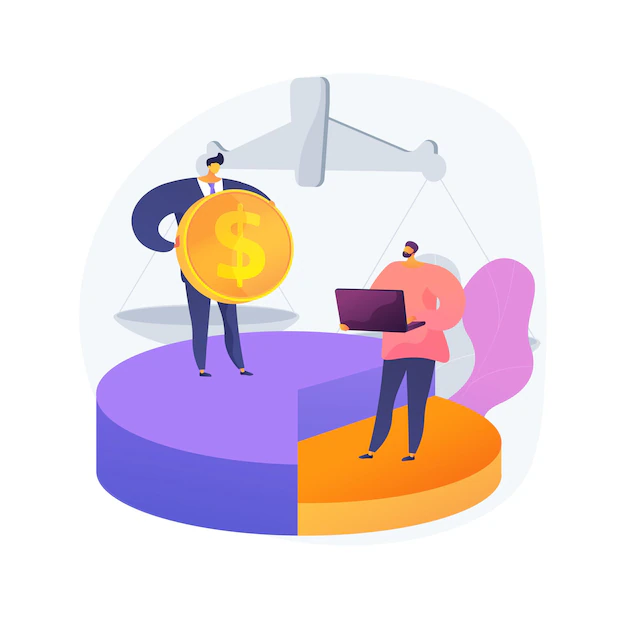
- Salary Increases
Salary increases are a form of monetary reward where employees’ base salary is raised. Salary increases can be given annually or as a result of promotions or outstanding performance. They not only acknowledge employees’ contributions but also provide long-term financial benefits and improve employee satisfaction and loyalty.

- Gift Cards
Gift cards are monetary rewards in the form of prepaid cards that can be used to make purchases at specific stores or online platforms. They provide flexibility to employees in choosing their preferred rewards. Gift cards can be given for various reasons, such as outstanding performance, meeting targets, or as part of employee appreciation initiatives.

Related: 46 Employee Engagement Tools: Create a Culture of Engagement

Send yourself a gift card
2. Non-Monetary Rewards
Non-monetary rewards are forms of recognition that go beyond financial incentives. They focus on providing employees with benefits and perks that enhance their work experience and job satisfaction. Here’s a breakdown of different types of non-monetary rewards:
- Paid Time Off ????
Paid time off (PTO) is a non-monetary reward where employees are granted additional time off from work with full pay. This can include vacation days, personal days, or specific leave policies such as parental leave or sabbaticals. PTO allows employees to take breaks, recharge, and maintain a healthy work-life balance.

- Flexible Work Hours????️
Flexible work hours provide employees with the freedom to adjust their work schedules within certain parameters, promoting employee motivation. This could include options such as flextime, compressed workweeks, or remote work arrangements. Flexible work hours allow employees to better manage personal commitments, optimize productivity, and improve work-life integration.

- Employee of the Month/Year Recognition⭐
Employee of the Month/Year recognition programs acknowledge and highlight exceptional employees for their outstanding performance or contributions. This can involve public recognition, a dedicated parking spot, a trophy or certificate, a monthly monetary or non-monetary reward, or a mention in company-wide communications. Employee of the Month/Year recognition boosts morale, motivation, and a sense of pride among employees.

Non-monetary rewards focus on enhancing the overall employee experience, work-life balance, and job satisfaction. They demonstrate appreciation for employees’ efforts beyond financial compensation, which can lead to higher engagement, loyalty, and retention within the organization.
Related: 21 Perfect Non-Monetary Incentives To Reward Your Employees
3. Career Development Opportunities
Career development opportunities are rewards and recognition programs that focus on employees’ growth, learning, and professional advancement. These programs show a commitment to developing employees’ skills, increasing their value, and supporting their career progression. Here are the details of different types of career development opportunities:
- Promotions and Advancements
Promotions and advancements are recognition programs that involve elevating employees to higher positions or roles within the organization. Promotions are typically based on employees’ performance, skills, experience, and potential. Advancements can include moving to a higher job level, taking on more responsibilities, or transitioning into leadership positions. Promotions and advancements signify recognition of employees’ contributions and their potential for further growth.
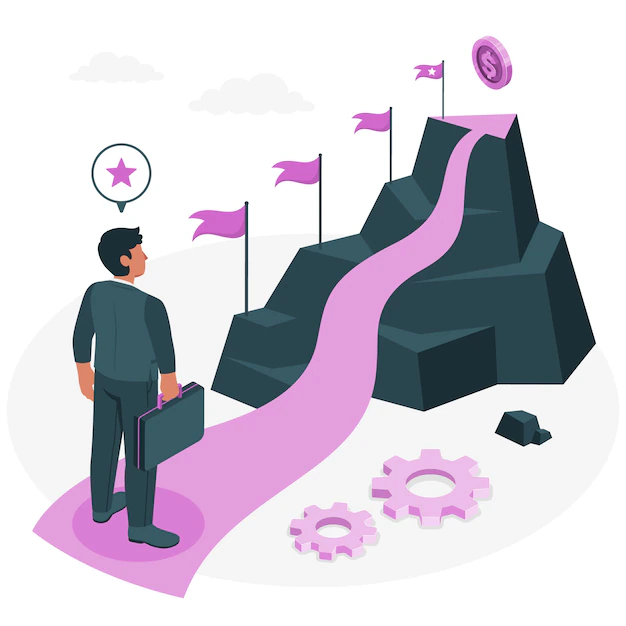
- Training and Skill Development Programs
Training and skill development programs, including team building, provide employees with opportunities to enhance their knowledge, expertise, and capabilities. These programs can include workshops, seminars, conferences, online courses, or formal training initiatives. Training and skill development programs support employees in acquiring new skills, keeping up with industry trends, and improving their performance in their current roles or for future advancement opportunities.

- Mentoring or Coaching Initiatives
Mentoring or coaching initiatives pair employees with experienced mentors or coaches who can provide guidance, support, and career advice. Mentors or coaches offer insights and share their experiences to help mentees develop their skills, navigate challenges, and make informed career decisions. Mentoring or coaching initiatives foster professional growth, networking, and continuous learning.

Career development opportunities demonstrate a commitment to employees’ long-term success and emphasize their value to the organization. By providing avenues for growth, organizations can increase employee engagement, satisfaction, and loyalty. These employee rewards and recognition programs also contribute to building a talent pipeline and nurturing future leaders within the company.
Related: Gift Cards vs Cash: Which is the Better Gift Option?
4. Wellness Programs
Wellness programs are rewards and recognition initiatives that prioritize employees’ physical and mental well-being. These programs promote a healthy lifestyle, work-life balance, and overall wellness. Here’s an explanation of different types of wellness programs:
- Gym Memberships????
Gym memberships are a common component of wellness programs, where employees receive access to fitness facilities or reimbursement for gym expenses. By providing gym memberships, organizations encourage employees to engage in regular physical activity, promote fitness, and prioritize their health.

- Employee Assistance Programs
Employee assistance programs (EAPs) offer various support services to help employees manage personal or work-related challenges that may impact their well-being. EAPs can include counseling services, mental health support, financial or legal advice, and resources for work-life balance. EAPs demonstrate organizational support for employees’ mental and emotional health, providing a safety net for personal and work-related issues.

Wellness programs contribute to a positive work environment, employee engagement, and overall well-being. By prioritizing employees’ health and offering resources and incentives for wellness, organizations can improve productivity, reduce absenteeism, and enhance employee satisfaction and loyalty. These employee rewards and recognition programs reflect an organization’s commitment to the holistic well-being of its employees.
Reward and Recognition ROI Statistics
- Increased Employee Engagement: According to Gallup, highly engaged teams tend to be 21% more profitable. Companies with engaged employees experience higher productivity, lower turnover rates, reduced absenteeism, and improved customer satisfaction.
- Improved Employee Retention: According to research conducted by the Aberdeen Group, companies that implement successful employee rewards and recognition programs witnessed a 31% decrease in their voluntary turnover rate compared to those that did not have such programs. By investing in recognition initiatives, employers can effectively cut down on expenses related to recruiting and training for new hires caused by high turnover.
- Enhanced Productivity: Research by the Society for Human Resource Management (SHRM) found that 78% of employees reported being more motivated when they receive recognition. Recognizing and rewarding employees for their achievements can drive their performance, resulting in increased productivity.
- Positive Impact on Customer Service: According to a study published in the Harvard Business Review, companies that invest in employee rewards and recognition programs are more likely to have higher customer satisfaction ratings. Engaged and motivated employees are more likely to deliver exceptional customer service, leading to increased customer loyalty and business growth.
- Increased Revenue: Employee rewards and recognition programs can have a direct impact on revenue growth. Globoforce, a provider of employee recognition solutions, found that companies with recognition programs in place had a 22% higher shareholder return compared to those without such programs.



Let’s have a chat
Best Practices for Implementing Employee Rewards and Recognition Programs
Implementing effective employee rewards and recognition programs requires thoughtful planning and execution. Here are some best practices to consider:
- Align with Company Values and Culture: Ensure that your rewards and recognition programs align with your company’s values, mission, and culture. This helps create a sense of authenticity and relevance, making the programs more meaningful to employees.
- Make it Inclusive: Ensure that rewards and recognition programs are accessible and inclusive to all employees. Consider factors such as job levels, departments, and locations to ensure equitable opportunities for recognition and rewards.
- Tie Rewards to Performance and Behaviors: Clearly define the criteria and goals that lead to rewards and recognition. Link rewards to specific performance metrics, desired behaviors, or accomplishments that align with organizational objectives.
- Provide Timely and Specific Feedback: Give feedback and recognition promptly and regularly. Be specific about what behaviors, skills, or achievements are being recognized. Timely and specific feedback enhances its impact and reinforces desired behaviors.
- Foster Peer-to-Peer Recognition: Encourage a culture of peer recognition, where employees can appreciate and acknowledge their colleagues’ accomplishments. Peer recognition fosters a supportive work environment and strengthens relationships among team members.
- Offer a Variety of Rewards: Provide a range of rewards that cater to individual preferences and motivations. Consider a mix of monetary and non-monetary rewards to ensure diversity and personalized recognition.
- Communicate and Promote the Programs: Clearly communicate the rewards and recognition programs to all employees. Use multiple channels to raise awareness, explain the program’s purpose, and highlight success stories. Regularly remind employees about the availability of these programs.
- Ensure Transparency and Fairness: Maintain transparency in how rewards and recognition are determined and communicated. Ensure fairness in the selection process, consider objective and measurable criteria, and maintain consistency in the implementation.
- Empower Managers and Leaders: Train and empower managers and leaders to effectively recognize and reward their team members. Provide resources and guidelines to help them understand the programs, provide meaningful feedback, and create a positive recognition culture within their teams.
- Evaluate and Evolve: Continuously measure the impact and effectiveness of your rewards and recognition programs. Gather feedback from employees and assess the programs’ outcomes against predefined goals. Use the insights to make necessary adjustments and improvements over time.
By following these best practices, organizations can create a robust rewards and recognition framework that fosters employee engagement, motivation, and a positive work environment.
Related: Low Morale In The Workplace: A Guide to Employee Engagement
Case Studies: Successful Employee Rewards and Recognition Initiatives
Examining successful employee rewards and recognition programs implemented by other organizations can provide valuable insights and inspiration. Here are a few case studies showcasing effective programs:
- Google’s Peer Bonus Program:
Google implemented a Peer Bonus Program, allowing employees to recognize and reward their colleagues for exceptional contributions. Employees can nominate their peers and provide reasons for the recognition. The program promotes a culture of peer-to-peer appreciation and empowers employees to recognize exceptional work beyond traditional management channels.

- Marriott International’s Spirit to Serve Program:
Marriott International implemented the Spirit to Serve Program to recognize exceptional customer service by its employees. The program encourages employees to go above and beyond for guests and rewards them through recognition events, certificates, and opportunities for career development. The program fosters a customer-centric culture and reinforces the importance of exceptional service.
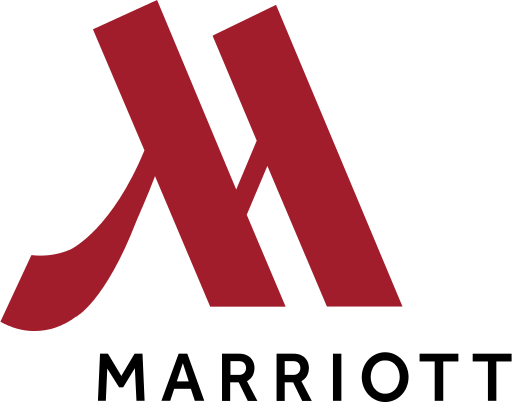
- HubSpot’s Culture Code and Culture Code Champions:
HubSpot developed a Culture Code that outlines its values, beliefs, and behaviors. To reinforce this, they created Culture Code Champions, a program that rewards employees who exemplify the company culture. Champions are recognized through various rewards, including cash bonuses, extra vacation days, and public recognition, reinforcing the desired behaviors and values.
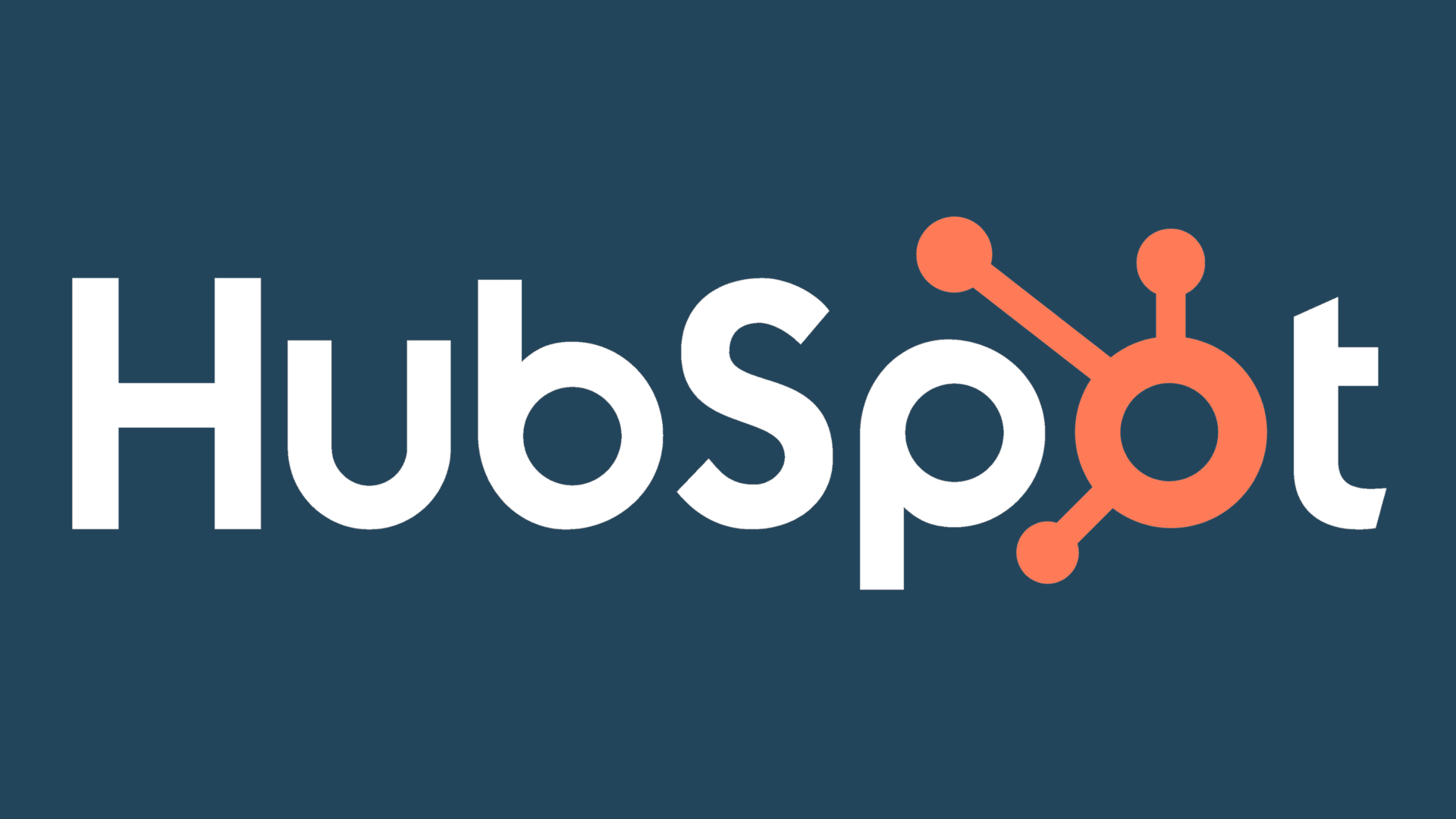
These case studies demonstrate the power of thoughtful and well-executed employee rewards and recognition programs. They highlight the importance of peer recognition, real-time acknowledgment, alignment with company values, and creating a culture that celebrates outstanding performance. By drawing inspiration from these successful programs, organizations can design their own rewarding and impactful initiatives.
Common Mistakes to Avoid in Employee Rewards and Recognition
While implementing employee rewards and recognition programs, it’s essential to be aware of potential pitfalls and avoid common mistakes. Here are some mistakes to avoid:
- Lack of Clarity and Communication: Failing to clearly communicate the purpose, criteria, and guidelines of the rewards and recognition programs can lead to confusion and misunderstandings. Ensure that employees understand the program’s objectives, how rewards are determined, and how they can partake in the process.
- Ignoring Individual Preferences: One-size-fits-all approaches may not effectively motivate and engage all employees. Avoid disregarding individual preferences when it comes to rewards. Take into account the diverse preferences, interests, and needs of employees to offer meaningful and personalized recognition.
- Exclusive Focus on Monetary Rewards: Relying solely on monetary rewards can limit the effectiveness of your program. While money is important, don’t overlook the value of non-monetary rewards, such as flexible schedules, career development opportunities, and public recognition. Provide a good balance between monetary and non-monetary incentives.
- Inconsistent or Biased Recognition: Inconsistency in recognizing employee contributions can demotivate and create perceptions of favoritism. Ensure fairness and consistency in the selection process, and avoid biases that may hinder the accurate assessment of employee performance.
- Lack of Timeliness in Recognition: Delayed recognition lacks impact and may not effectively reinforce positive behaviors. Recognize and reward employees promptly as soon as they achieve or exceed expectations. Timely feedback and acknowledgment show that their efforts are noticed and appreciated.
- Overlooking Peer-to-Peer Recognition: Limiting recognition to top-down approaches can miss the opportunity for peer-to-peer appreciation. Encourage and facilitate peer recognition programs that allow colleagues to acknowledge and commend each other’s achievements. Peer recognition boosts team morale and fosters a supportive work environment.
- Failure to Evaluate and Evolve: Not assessing the effectiveness of rewards and recognition programs can hinder improvement. Regularly evaluate and gather feedback on the impact of the programs, measure their outcomes against set goals, and make necessary adjustments to improve their effectiveness over time.
By avoiding these common mistakes, organizations can design employee rewards and recognition programs that promote employee engagement, motivation, and positive work culture. Transparency, fairness, personalization, and continuous improvement are key principles to keep in mind.
Conclusion
In conclusion, employee rewards and recognition programs are not mere gestures of appreciation; they are the lifeblood of a thriving, motivated workforce. These programs have the power to transform workplaces, elevating them from ordinary to exceptional. By acknowledging and rewarding the hard work, dedication, and contributions of your employees, you cultivate an environment of positivity and motivation. As a result, you boost productivity, job satisfaction, and overall employee engagement.
Remember, the best employee rewards and recognition programs are those that align with your company’s values, foster fairness and transparency, and encompass a variety of incentives. When done right, these programs create a sense of belonging, promote career development, and contribute to the overall success and well-being of both employees and the organization.
So, as you navigate the path to building a more vibrant and successful workplace, do not underestimate the transformative potential of employee rewards and recognition. Start implementing these initiatives today, and you’ll witness firsthand the positive impact they can have on your team and your organization.
Thank you for joining me on this journey to enhancing your workplace and valuing your employees



Let’s have a chat
FAQ
Employers can add a personal touch by customizing the gift card with the recipient’s name or a heartfelt message of thanks. This personalization shows that the employer values the employee’s contribution and adds a warm and human element to the reward.
Yes, gift cards can be highly effective in motivating employees to excel in their roles by offering them as rewards for achieving specific goals or targets.
You can create a positive work environment by fostering open and effective communication, promoting work-life balance, encouraging collaboration and teamwork, recognizing and rewarding achievements, investing in employee development, and prioritizing physical and mental well-being.
Employee awards offer numerous financial benefits:
Enhanced Retention: Recognizing and rewarding employees fosters a positive environment, lifting morale. This can lead to higher job satisfaction and lower turnover, reducing long-term hiring and training costs.
Boosted Productivity: Valued employees are more motivated to excel, increasing efficiency and work quality. Improved productivity can yield cost savings and revenue growth.
Customer Satisfaction: Recognized employees provide better service, enhancing customer satisfaction and loyalty. Satisfied customers are more likely to stay and refer others, boosting sales and revenue.
Talent Attraction: A strong awards program signals that a company values and rewards its employees. This can attract high-performing talent, positively impacting overall company performance and financial success.
To measure the effectiveness of an employee reward program, you should establish clear performance metrics, conduct employee surveys and focus groups, track employee engagement and retention rates, and monitor key business outcomes such as productivity and profitability.